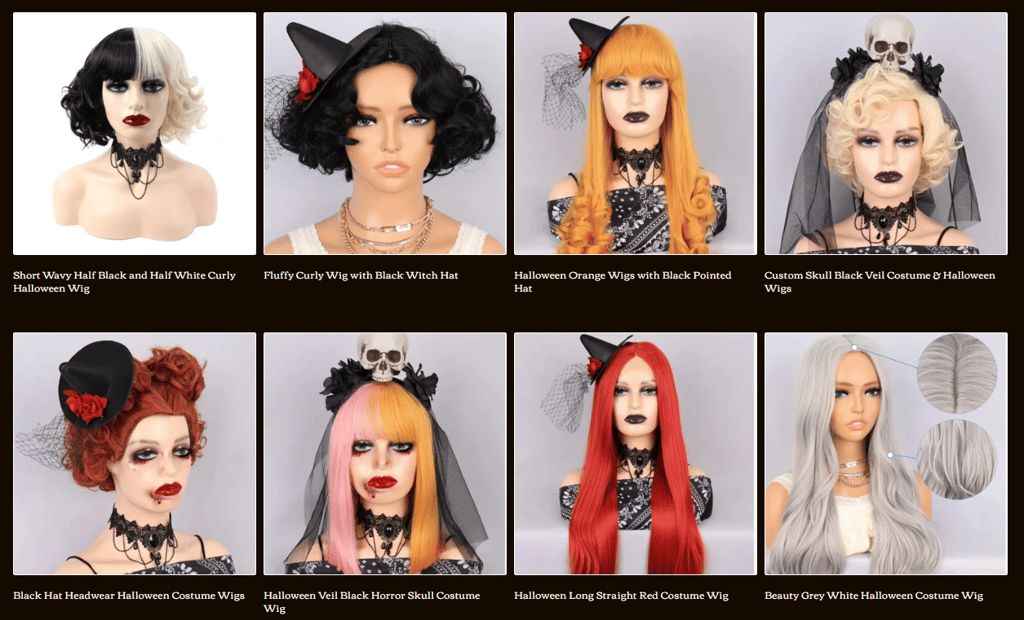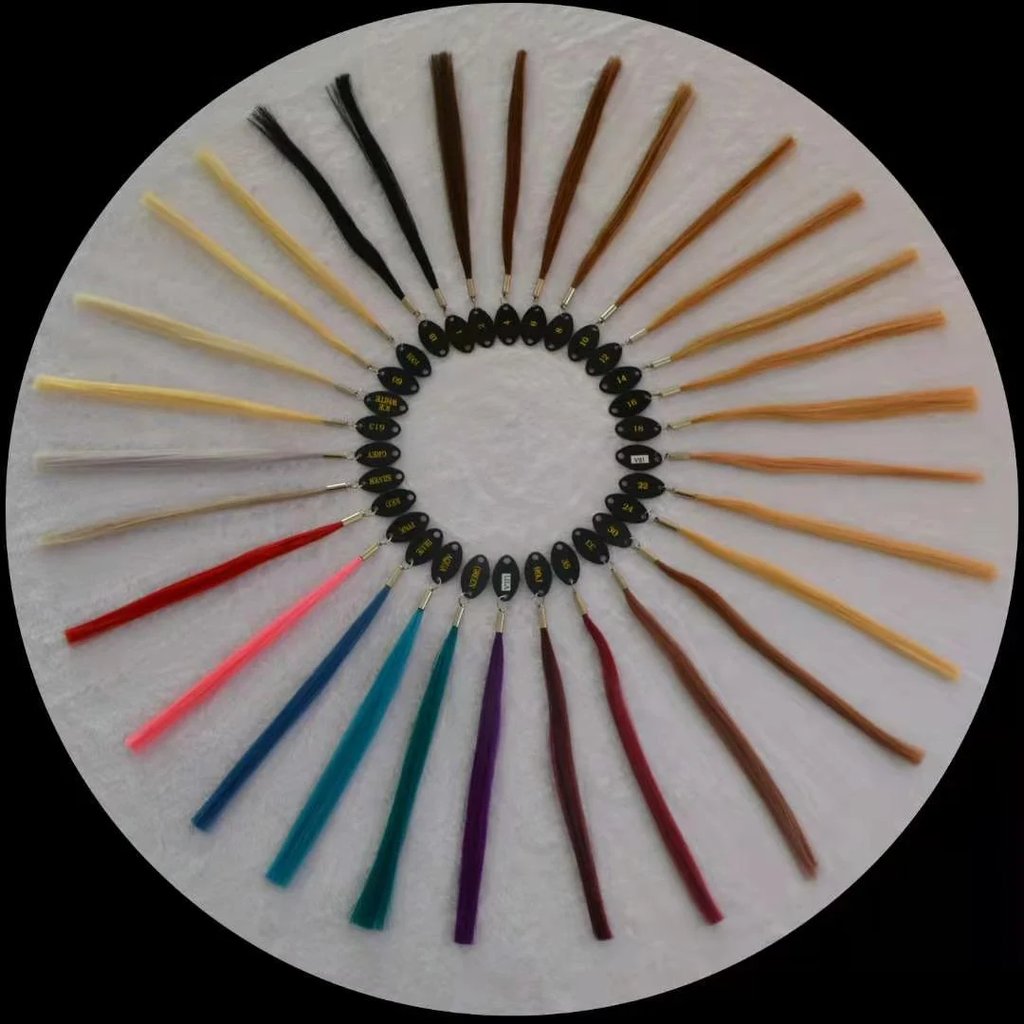The Ideal Hair Color for You
Light and color are related in that only the color of light that the thing reflects, and the color is the result of light reflecting off an object. Your hair's pigmentation is what reflects light in the instance of your hair. However, your hair's pigmentation and the color you can see don't always match.
The natural pigmentation or color of your wig may not be accurately displayed depending on the available light. A wig will appear brighter and more vivid in bright light and darker and less detailed in dim light, much like genuine hair does. This can occasionally make it difficult to locate the ideal wig for you.

Therefore, choose the best kind of wig for you and your lifestyle before choosing your color. Are you a good fit for human hair? Or how about a heat-resistant synthetic wig? The decision is crucial since even the same hue of the wig will appear differently for each person.
For instance, if you're looking for an auburn-colored wig, real hair will look warmer while synthetic hair would look colder. However, this guideline varies depending on the manufacturer, primarily depending on warmth.

The next thing to think about is your skin tone. Once you get the hang of it, this is easy. In plain English, you should choose hues that are no more than two shades lighter or darker than the tint of your actual hair.
However, as long as you keep within the temperature of your hair's color range, feel free to explore rather than stick to one hue. When obtaining such wigs online, exercise caution. Regarding the color you want, the data and images may or may not be accurate.
Here is an illustration of how to apply the color scheme that is frequently employed when purchasing wigs online. Once you use it, it is fairly easy to use:

Blacks come in sizes 1 to 1B.
Browns are between 2 and 12.
Between 14 and 26 are the blondes.
The range of natural reds is 27 to 33.
Reds that are vivid vary from 130 to 134.
Grays can be between 34 and 60.
Therefore, if a color has a wide variety of shades, you should choose a darker shade of it. For lighter colors, just use the same method.

